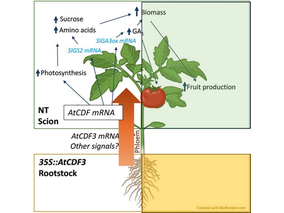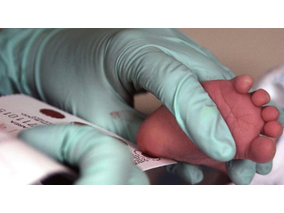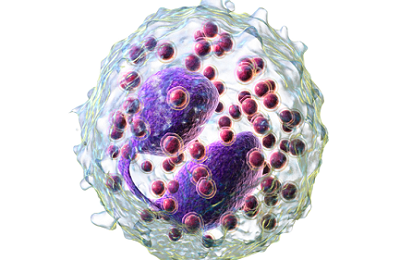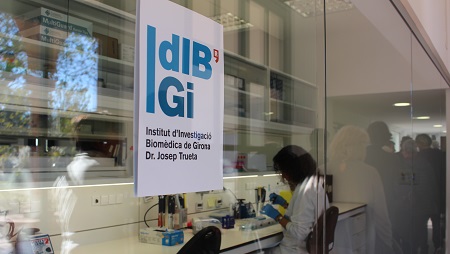A group of researchers at the Biomedical Research Institute of Girona (IDIBGI), led by Dr. José Manuel Fernández Real, has participated in an international study that has identified a thin-people gene, alongside professionals from the United Kingdom, Slovenia, Island, Finland, Austria and the United States.
The researchers started from the hypothesis that there is a part of the population that isn’t genetically susceptible to obesity, as the prevalence of this disease has held steady despite lifestyle factors, sedentarism and a hyper-caloric diet.
With the aim of discovering which genes help maintain healthy adipose tissue, the teams began the study with a strain of mice that had stayed thin for more than 60 generations.
According to the study’s conclusions, the fatty tissue in these mice has high levels of a protein created by the gene thiosulfate sulfurtransferase (TST), which has the same name. This protein helps eliminate the harmful waste that builds up in fat cells.
To demonstrate the relevance of this discovery, the researchers created a new strain of mice with high TST levels and were also able to avoid weight gain and diabetes despite being fed high-calorie diets. With these results, the study turned to humans and proved that the expression of this gene is lower in obese individual.
The results, published in the Nature Medicine, open the doors to new therapies. Taking into account that the discovery shows a genetic cause for insulin resistance, it could lead to new strategies for patients suffering from obesity, type-2 diabetes (non insulin-dependent) and associated cardiovascular and metabolic diseases.

The research team observed changes in head circumf...

AtCDF3 gene induced greater production of sugars a...

Un estudio con datos de los últimos 35 años, ind...

En nuestro post hablamos sobre este interesante tipo de célula del...

La revista ‘Nature Protocols’ selecciona esta técnica como “pro...
Biotechnology portal in Spain
Subscribe to our newsletter and stay up to date with the latest news and deals!
2013 © Biotech-Spain.com - Site Developments SL. All Rights Reserved. Terms of Service | Privacy Policy
Articles
Directory
